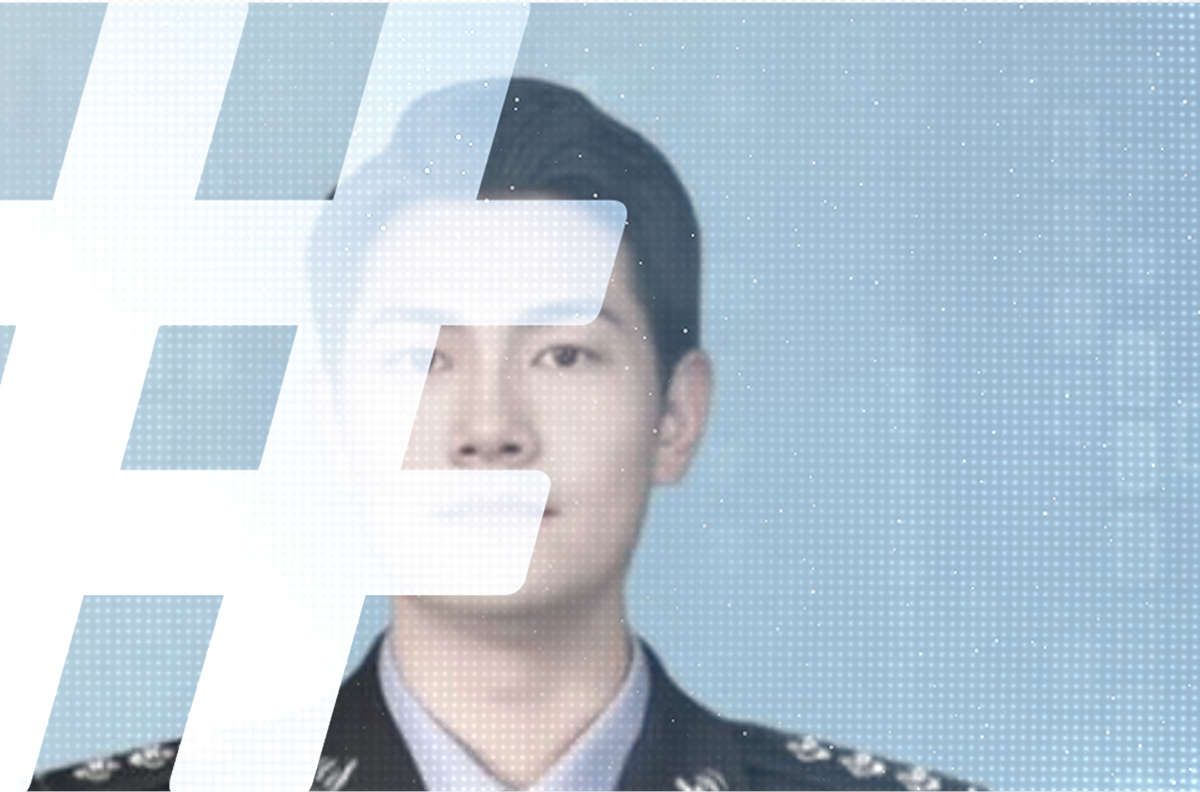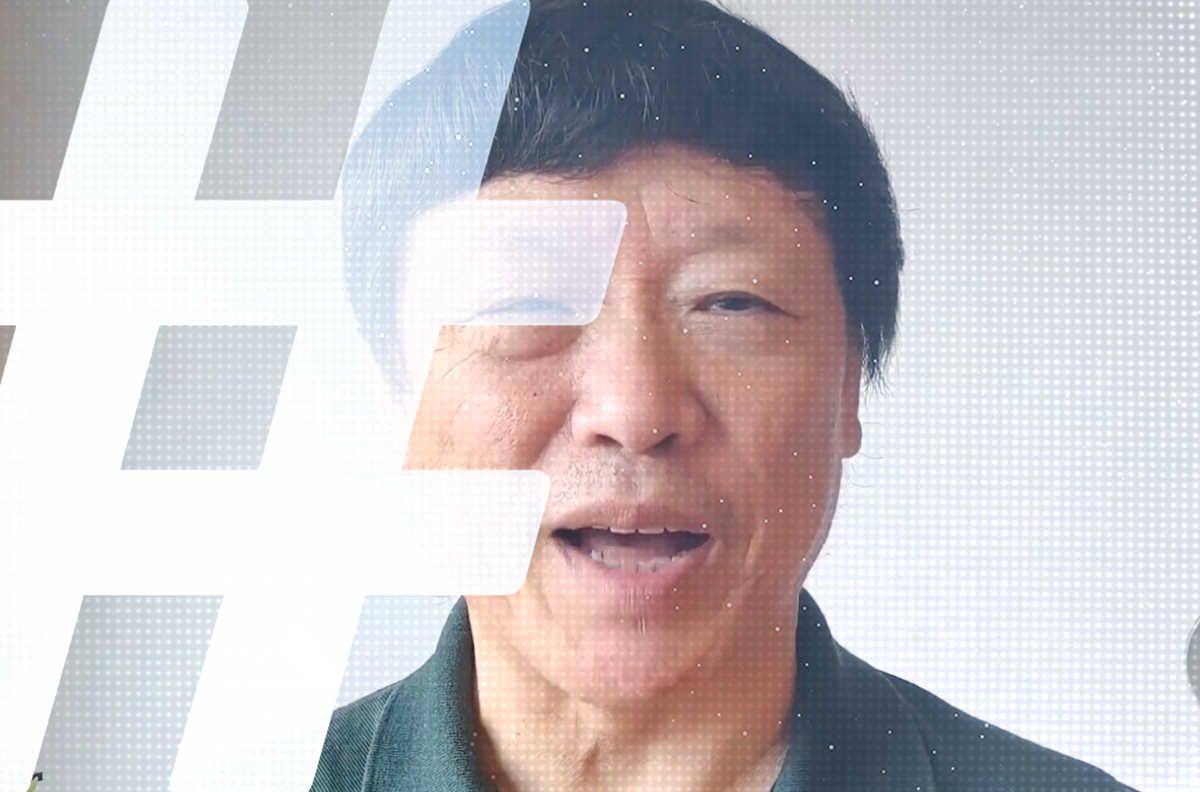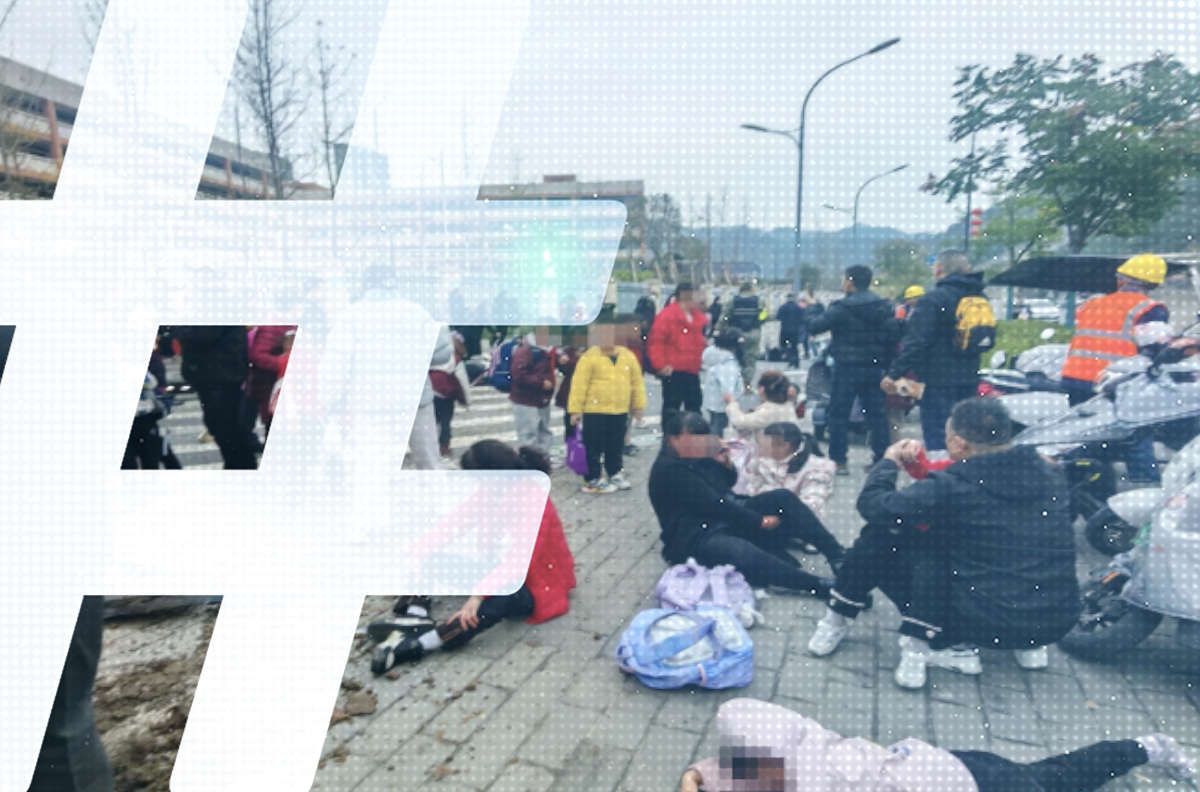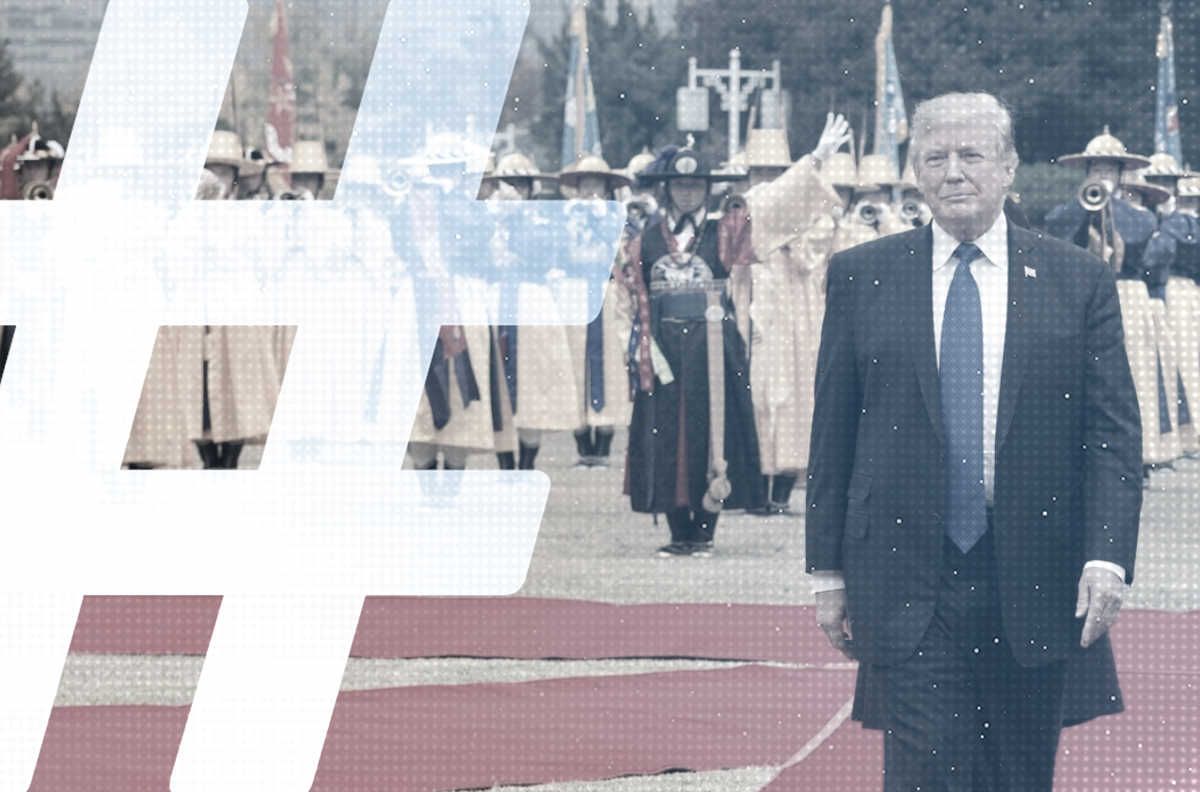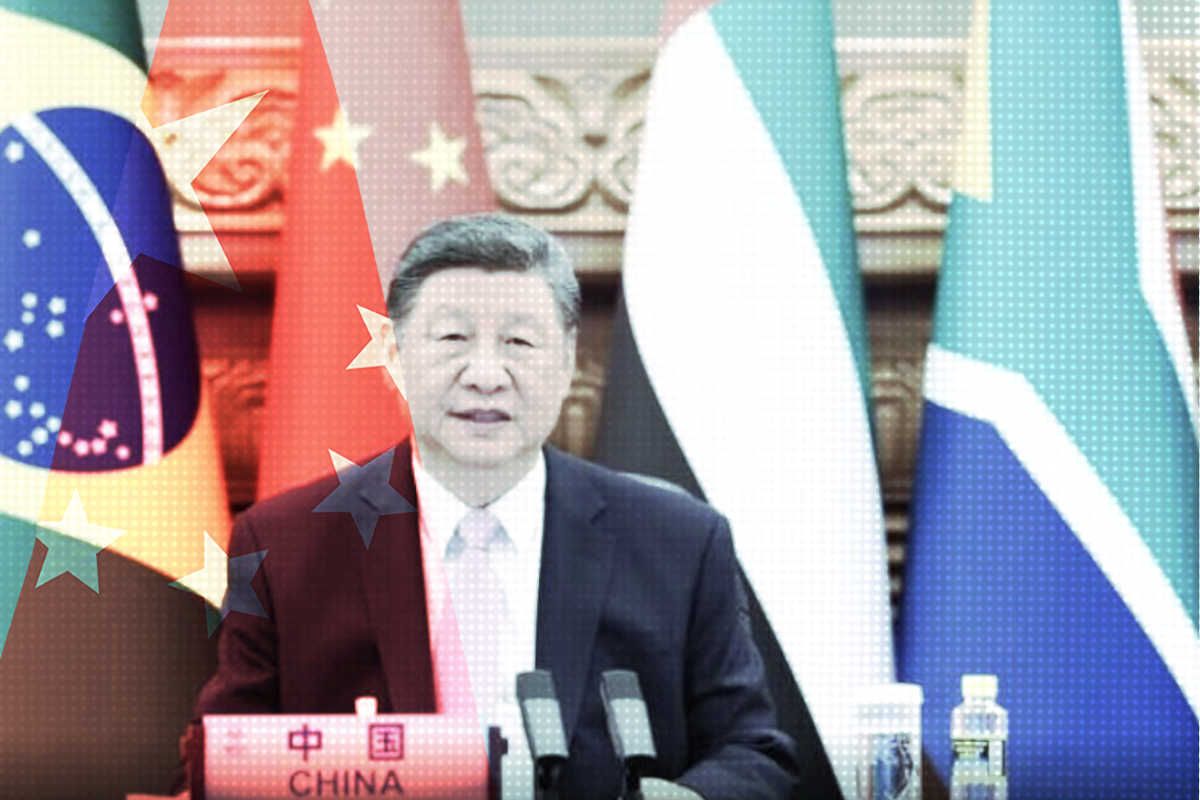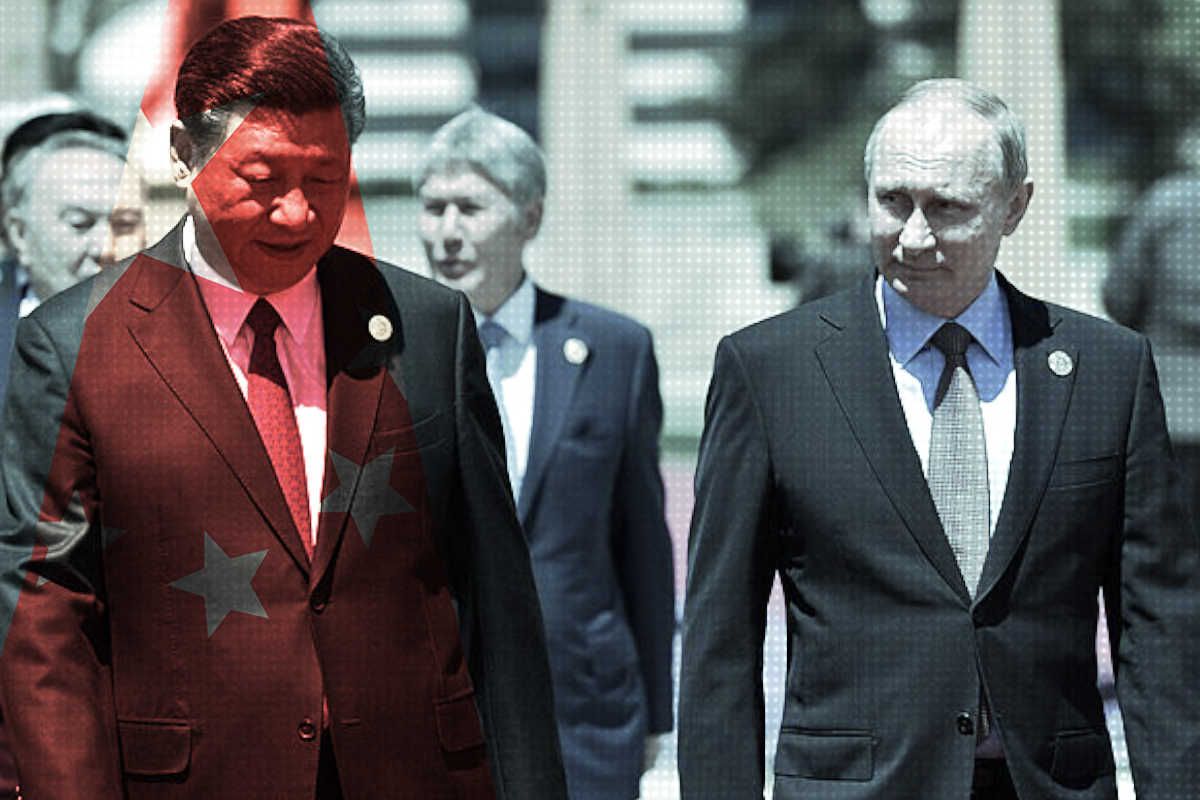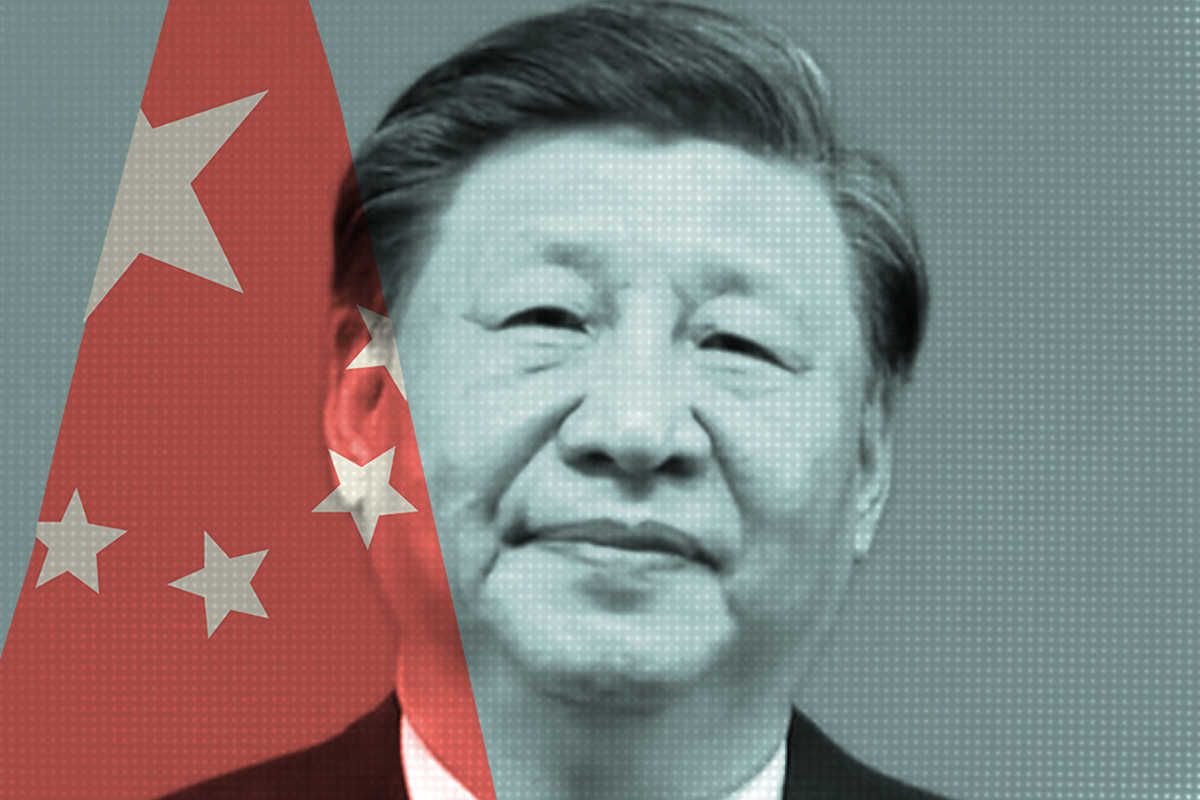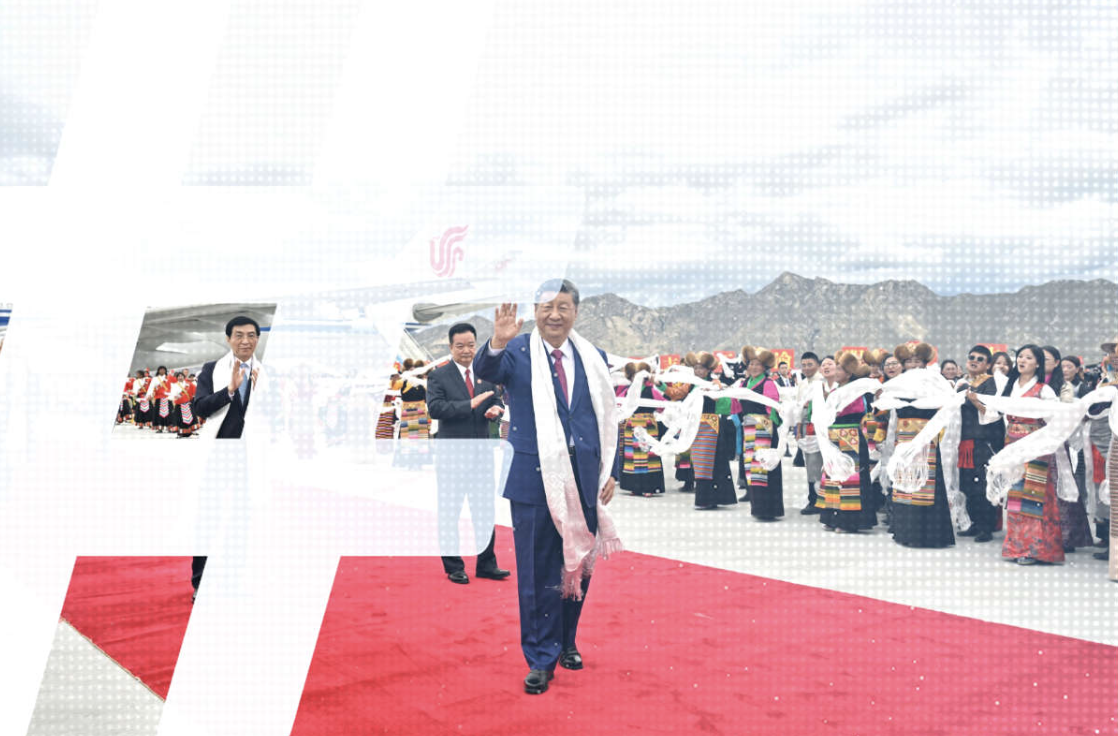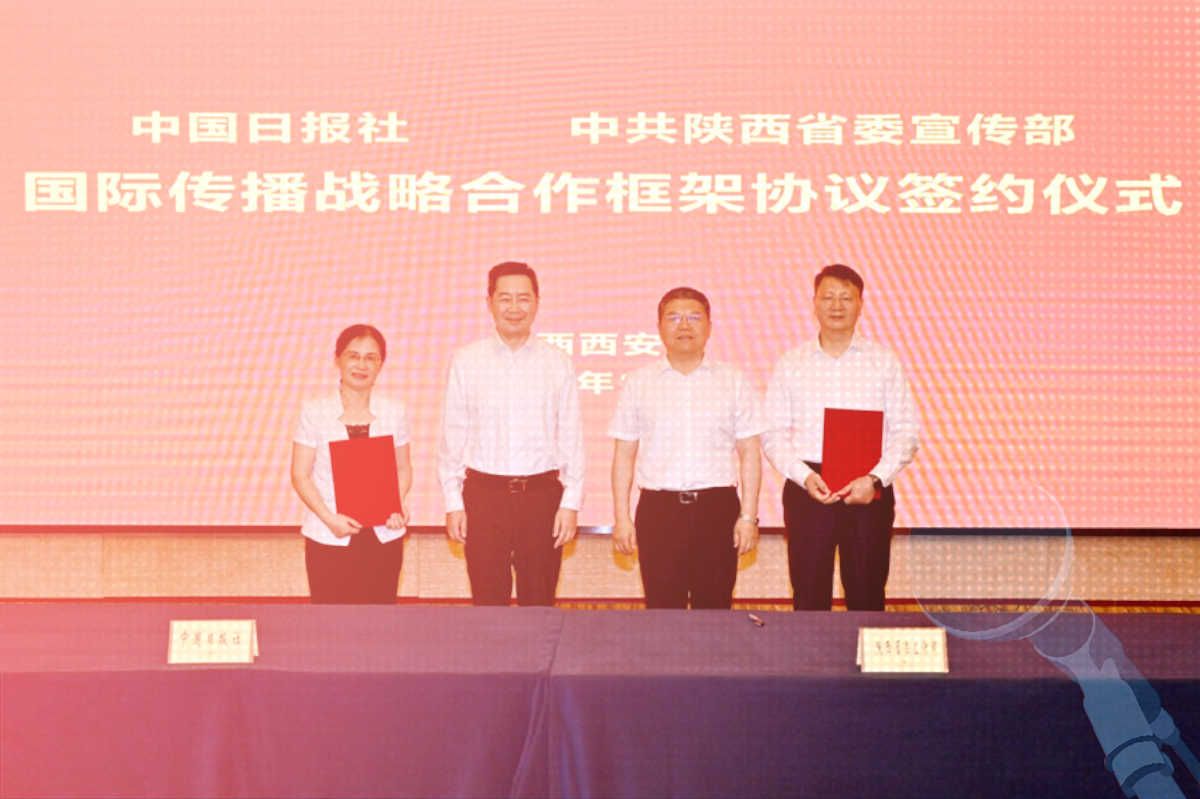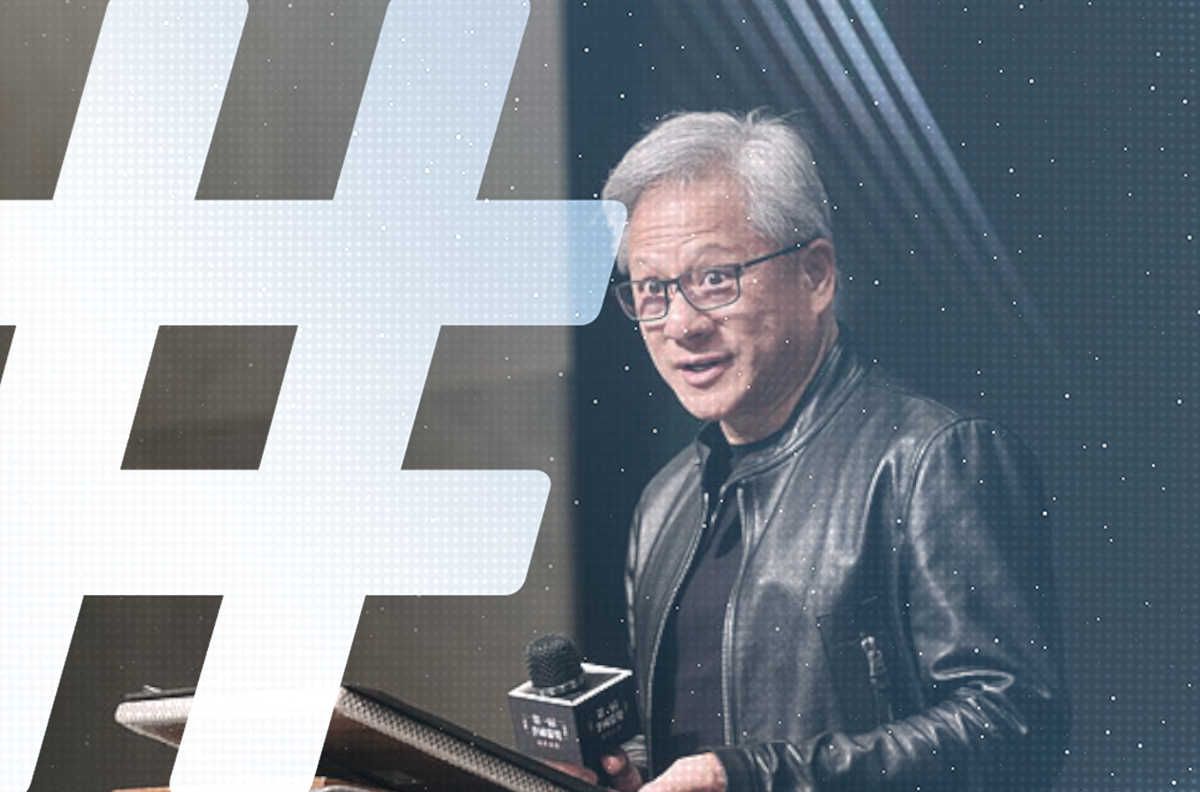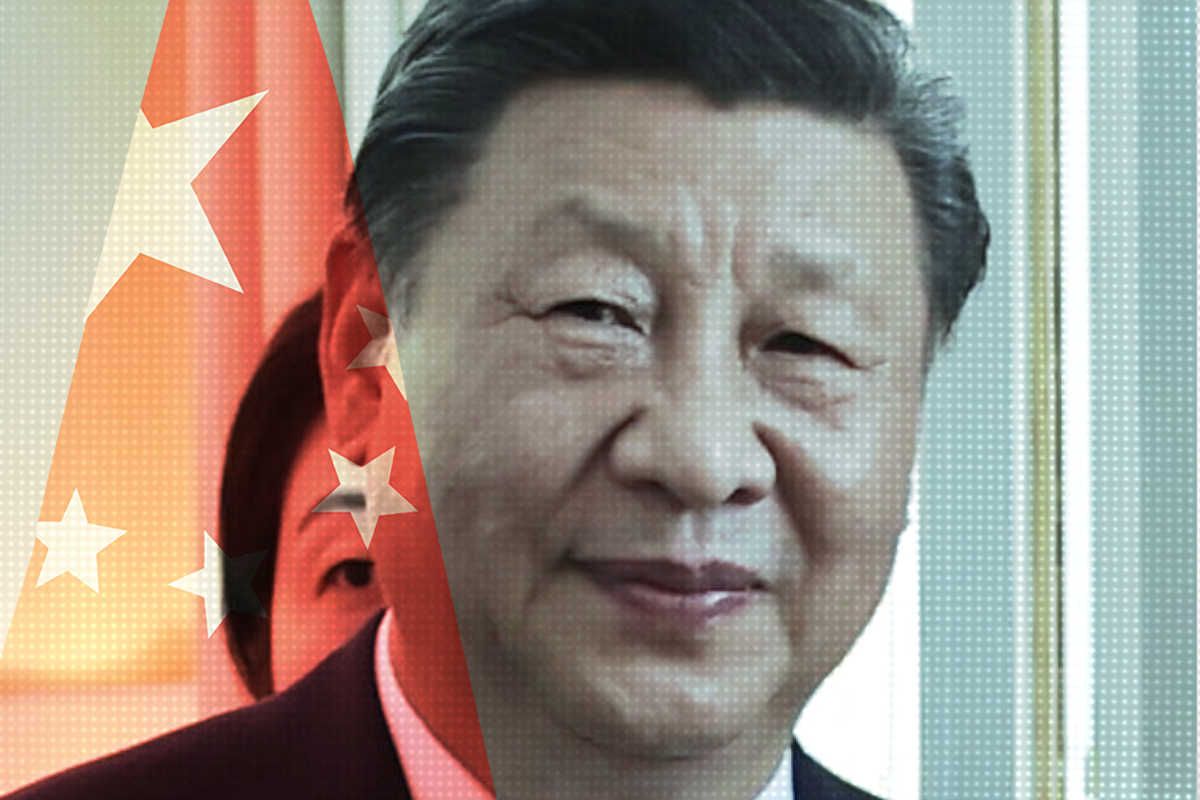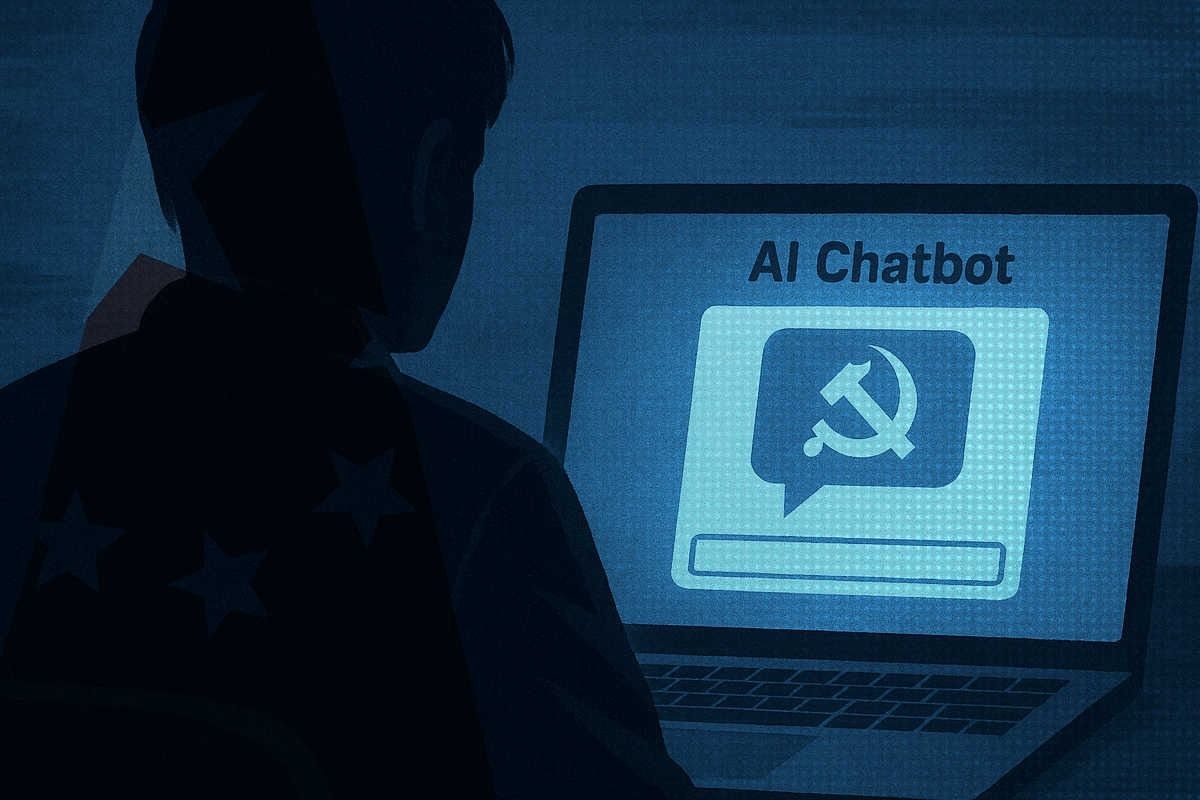From January 18 to January 21, Chinese President Hu Jintao (胡锦涛) will make a state visit to the United States, five years after his first visit to the country. The purpose of Hu’s trip is to set the tone for US-China relations in the wake of the global financial crisis, promoting a “positive, cooperative and comprehensive” relationship for the mutual benefit of both countries.
Visits by Chinese leaders to the United States have been a big deal for China’s foreign relations in the past. This second trip by Hu Jintao, which comes ahead of the fortieth anniversary of the reopening of US-China relations in 1971 — and at the outset of this century’s second decade — can be viewed as an important milestone. The visit marks the first time heads of state from the United States and China have come together as leaders of the world’s two largest economies and two largest emitters of greenhouse gases.
The visit is also taking place as the world economy is gradually moving out of the shadow of the global financial crisis. The crisis has already brought clear changes to the pattern of power relationships among major nations. The United States remains the locomotive of the global economy, and the level of recovery so far has surpassed analysts’ estimates. But debt and high unemployment remain concerns. China, on the other hand, has already become the world’s second-largest economy, and it has experienced continued strong growth under stimulus measures. China still faces a number of major tasks, including transforming its mode of economic development. Still, most analysts and observers agree that on a purchasing power parity (PPP) basis China’s economy will probably surpass that of the United States within the coming decade.
This prospect affords wide space for cooperation between the United States and China, but at the same time could make relations more sensitive, and could even weaken them. There is the danger that as one side slips into over-confidence, the other becomes overly apprehensive. The whole world is watching this meeting between heads of state to see how the two sides deal with this new situation and seek “cooperation on the basis of common interests.”
The importance of this bilateral relationship goes without saying, but this importance cannot disguise the fact that there are real points of friction and discord. US-China relations may have begun on a more positive and cooperative note under President Obama, but relations are likely to return in time to a status quo of cooperation marked by friction. One important reason for this is the disconnect between domestic and foreign policies in both countries, illustrated only too well in the ongoing dispute between China and the U.S. over the renminbi exchange rate.
Essentially, the US-China relationship is one of competition and cooperation between a global superpower and the world’s largest emerging nation. This relationship rests on the ups and downs of domestic politics as well as on larger changes in the international environment.
So long as underlying issues of contention remain unresolved, it will be difficult to achieve progress on other important issues, such as nuclear policy, missile defense, network security and space security. The military relationship, for example, one important aspect of US-China relations, has been strained by three testy issues — U.S. arms sales to Taiwan, limitations on military exchanges imposed by the U.S. Congress, and U.S. naval reconnaissance within China’s zone of economic exclusivity.
But the meeting of the heads of state of these two countries can help keep these tensions and disputes within manageable limits, and enable both sides to assuage domestic resentments. Observers have noted that the renminbi exchange rate against the dollar has continued to rise. Foreign investment in China’s capital markets has also risen sharply, the American banking giants Morgan Stanley and JP Morgan Chase both announcing this year that they had been granted approval from the China Securities Regulatory Commission to set up joint ventures in China allowing them to underwrite stocks and bonds in China. Meanwhile, China has its eye on the relaxation of exports of high-technology to China, and on more investment opportunities in the United States. There needs to be flexibility on both sides.
The significance of this meeting for the future of the US-China relationship cannot be downplayed. Even proponents of realism in international relations understand that the lines of communications between nations need to be open at the senior level, and visits by heads of state are a bottom-line necessity in a bilateral relationship. China and the U.S. have much room for progress on this account. After President Obama took office, the China-U.S. Strategic Economic Dialogue (SED) framework established in 2006 under President George W. Bush was expanded and became the U.S.–China Strategic and Economic Dialogue (S&ED), combining the “strategic track” and the “economic track.” But in comparison to the dialogue mechanisms established mutually by China and Russia and China and India, the US-China relationship lags behind.
There are still a number of structural problems in the US-China relationship that will be tough to resolve, and neither side is likely to relent. But regular high-level exchanges would benefit the easing of tensions and help mitigate “misunderstandings, misrepresentations and miscalculations.” Over the past 30 years, the US-China relationship has been through many ups and downs. In resolving frictions, individual exchanges between leaders is the last line of defense in the bilateral relationship.
US-China relations in the “post-crisis” era will require the mutual trust and interaction between leaders. It will also demand the further growth of understanding between the people of the United States and the people of China.
The article is translated from the original Chinese, which appeared in Southern Metropolis Daily on January 17, 2011.


